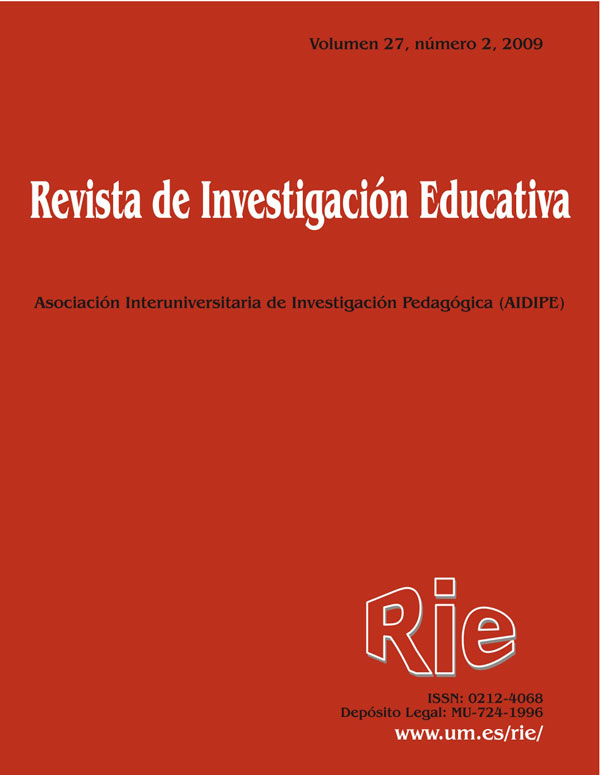Development of intercultural citizenship in San Quintin de Mediona by means of community nets
Abstract
This paper intends to better understand the reality of villages with fewer than 4,000 inhabitants and an immigrant population of over 10%. It based on a case-study carried out in Sant Quintí de Mediona. From a dynamic model of intercultural citizenship, there is a focus on acceptance and integration processes of immigrants and the enhancement of the optimal conditions for coexistence. The study of these conditions required a diagnostic evaluation to ascertain the nature of the population and of the migration process, initial policies developed for the acceptance of immigrants and the viewpoint of the participants in this process and the provision of entities that make up the community network to be open to the newcomer population. We collected all the information through a documental study, interviews with key informants, focus groups and a survey addressed to existing associations in the target population. From the data analysis, this diagnostic study includes the needs of structural change and of new relations of coexistence and education for the entire population and for specific groups. Once the findings of the search as well as their limitations are submitted, we propose to develop a Plan for Intercultural Citizenship for multicultural populations similar to the one studied, by strengthening community networks.Downloads
-
Abstract211
-
PDF (Español (España))108
The articles and scientific documents published in RIE abide the following conditions:
1. The Servicio de Publicaciones de la Universidad de Murcia (the publisher) has the property rights (copyright) of all the documents published and allows the reuse under the user’s license indicated in point 2.
2. All documents are published in the digital edition of RIE under a Creative Commons Reconocimiento-NoComercial-SinObraDerivada 4.0 Internacional. (legal document) license. These documents can be copied, used, distributed, communicated and explained publicly if: i) the author(s) and its original source of publishing (magazine, publisher and URL of the document) are cited; ii) it is not used for commercial purpose; iii) the existence and the specifications about this license are mentioned.
3. Auto-archive’s conditions. The authors are allowed and encouraged to digitally distribute the pre-print versions (a version before evaluation) and/or post-print (a version that it is already evaluated and accepted to its publication). This promotes circulation and distribution earlier and can increase the citations and significance within the academic community.









